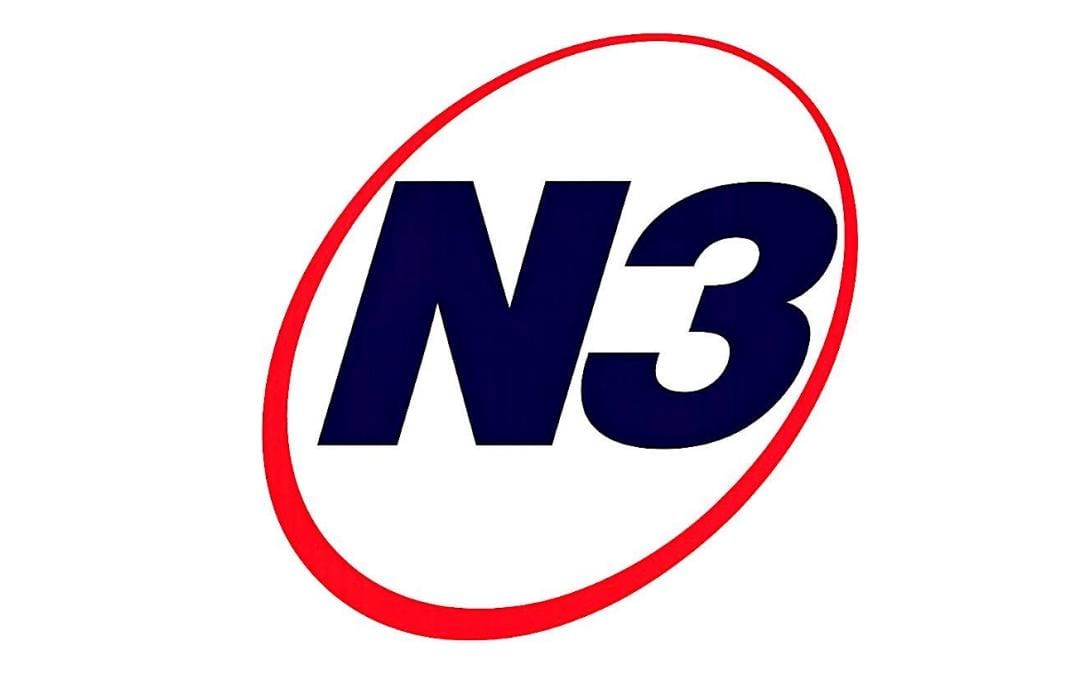
ABU DHABI: Etisalat today announced the successful deployment of a Multi-Access Edge Computing (MEC) implementation that will pave the way for Etisalat to roll out new 5G-styled services, beginning with its Content Delivery Network (CDN).
MEC is a network architecture that brings real-time, high-bandwidth, low-latency access to radio network information, allowing operators to open their networks to a new ecosystem and value chain. The deployment of MEC architectures will be critical for 4G/5G service providers, as it allows them to significantly reduce latency, which is essential for delivering the new breed of revenue-generating services such as virtual reality gaming, autonomous driving, augmented reality, IoT, and many others.
MEC is ideal for hosting high-bandwidth, low-latency applications in next-generation digital mobile networks. By moving the most demanding applications, such as video, closer to the network edge, operators can ensure the best performance and experience for consumer and enterprise customers.
Khalid Al Suwaidi, Vice President, Mobile and Fixed Core Networks, Etisalat, said: “Etisalat has led in bringing the latest in innovation and modern technology to the network. We strongly believe that pioneering the next-generation networks will enable Etisalat to cement its industry-leading position. We are now the first operator in the MENA region to introduce MEC and its importance in delivering innovative 5G services.”
To demonstrate the benefits of this architecture, Etisalat closely measured the performance of its MEC-based CDN across a few key areas, including latency, “time to first byte”, and total load time. The results showed improvement gains of as much as 90% across these areas when compared to hosting the video content on the core network or elsewhere on the Internet. With today’s announcement, Etisalat confirms that it has validated the MEC architecture and eliminated the hurdles to its adoption; demonstrated that virtualised architecture is capable of providing carrier-grade performance at the edge of the network; and enabled the adoption of low-latency, high-bandwidth applications using MEC architecture for both 4G and 5G networks. News Desk












